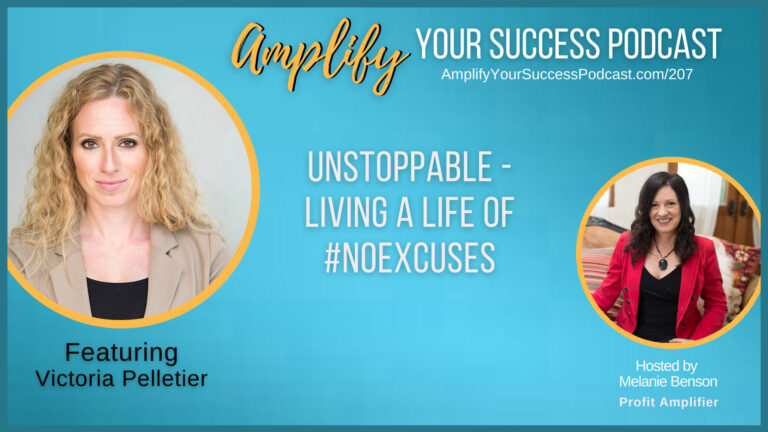
Navigating and Leveraging the Data Currents
Sailors call it “the graveyard.” One of the best of them, Abby Sunderland says this about that terrifying place: “Right there, nothing can go wrong; everything has to go right.” She’s talking about Cape Horn at the tip of South America. Just below “The Horn” is the most treacherous seafaring lane on the planet. What makes it so bad? Location, location, location. There are less than five-hundred miles of ocean between the coasts of South America and Antarctica. This means a wind tunnel exists between the continents, leading to rogue waves, swirling currents, icebergs, and dense fog. On the seafloor are thousands of battered ships and the remains of thousands of sailors who attempted to ‘round the Horn. So how do a handful of sailors successfully navigate the passage? Data. The best sailors study the data – everything from archived meteorological reports to old ships’ logs – so they are prepared to successfully respond to whatever challenges they encounter at the bottom of the planet.
Data is a tremendous asset. Do NOT underestimate the power of data. Those who take the power seriously, position their brands and their teams to thrive, navigate adversity, and retool when and where it’s necessary. Leadership Luminary Bernard Marr is among a growing cadre of business influencers who see data as a key asset, not just one of a thousand tools in the toolbox. In his recent piece on Forbes, Marr notes, “The businesses that leverage this data to better understand their customers and to improve their decision-making are clearly the ones that (sic) are outperforming everyone else.”1 For most of us, the former makes sense. Whether you’re in retail or engaged in something like entrepreneurial coaching, it always helps to learn about customers’ unique needs, budgets, experience, etc. These days, digital surveys, shopping histories, and even browsing patterns are among the data businesses collect and analyze to understand what customers seek in the marketplace.
But what about the data gleaned to improve decision-making? What does this data look like and how might we leverage it to enhance “what we do” in our corner of the business world? For those of us leading complex organizations and teams, data and analytics specialists are already in the (virtual) building, equipped with the systems and expertise needed to quickly gather information, mine it for significant action, and then identify what adjustments are needed.
For those of us in leadership, our decision making – our leadership data – should always be reviewed against a standard, often one we’ve created for ourselves. I begin every year by crafting a vision, mission, and goals for the year. While many of the inputs on this document focus on my business life, there are inputs tailored toward personal development, relationships, and self-care. By December, I start compiling my personal data – numbers, evaluations from peers, and anecdotal inputs – to see how I “measured up.” The results shape next year’s plan.
We successfully navigate around the Cape Horns in life and business through thorough preparation. Preparation depends on gathering and analyzing data. If you’re not engaged in this important work, you will sink.



